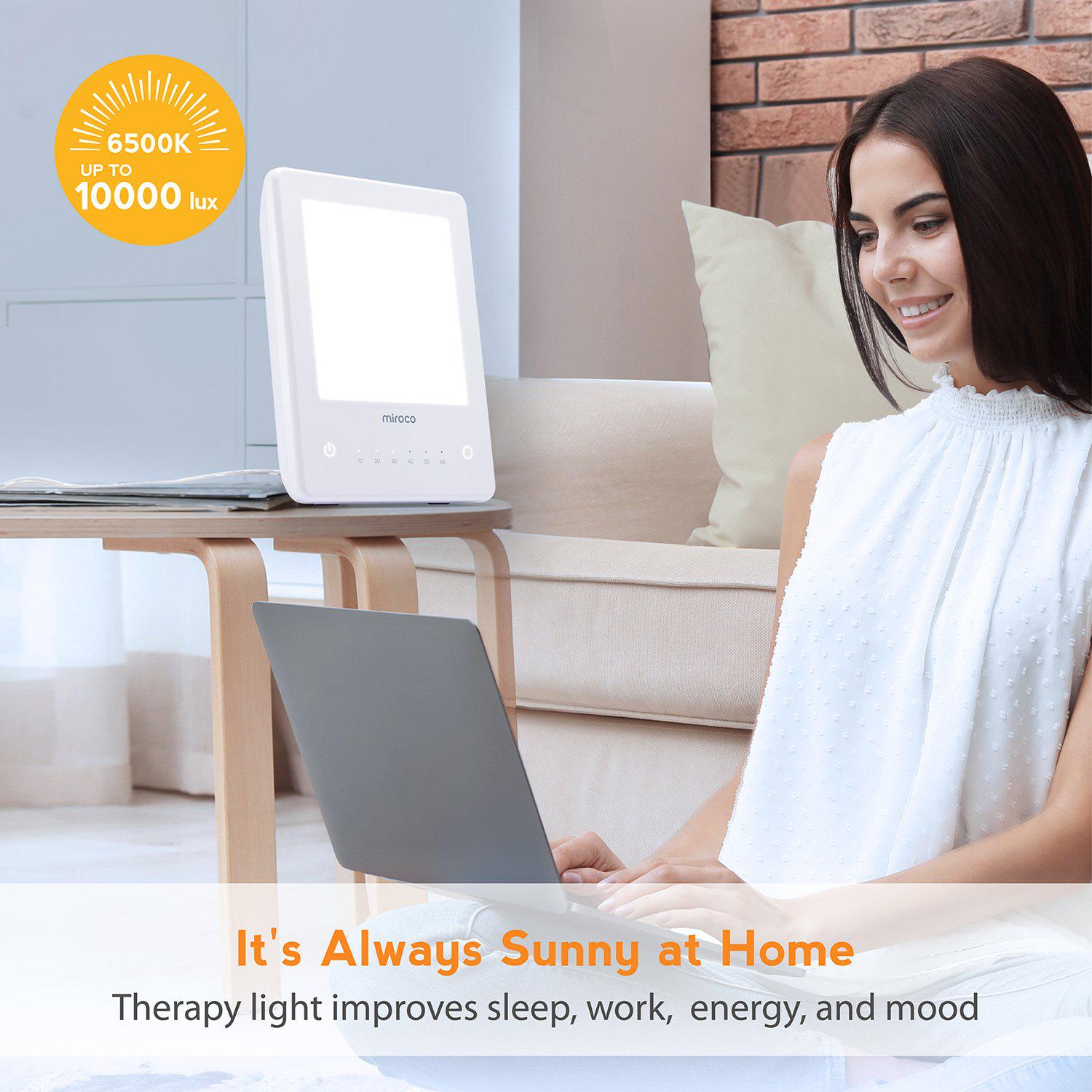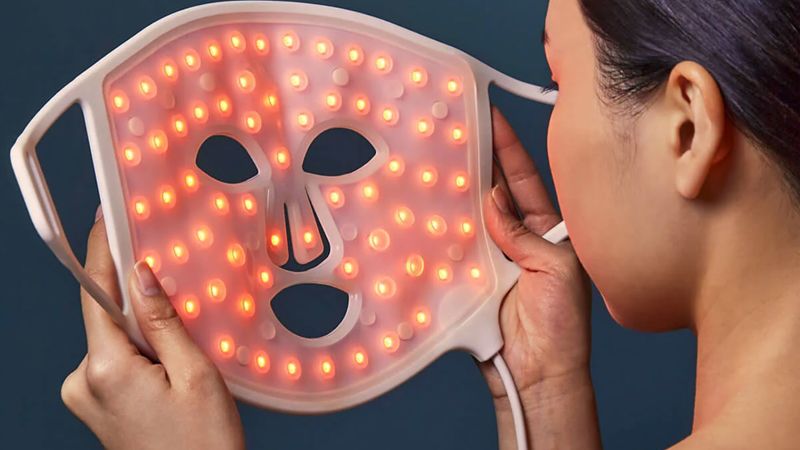Extensive Insights into PBM Therapy for Pain Management
Wiki Article
Opening the Potential of Photobiomodulation: A Promising Technique for Therapeutic Intervention
Are you interested regarding the capacity of photobiomodulation for therapeutic treatment? By targeting details mobile procedures, photobiomodulation has shown potential in increasing injury healing, decreasing discomfort, and promoting tissue regrowth. In this intro, we will explore the devices of activity, applications in medicine, and the current proof supporting the efficacy of photobiomodulation.Recognizing Photobiomodulation
To comprehend photobiomodulation, you require to comprehend the concept of just how light therapy can straight impact cellular processes in your body. Photobiomodulation, additionally understood as low-level light treatment, is a non-invasive treatment that uses specific wavelengths of light to promote biochemical responses in your cells.The restorative results of photobiomodulation are far-reaching and have actually been researched extensively in different clinical fields. It has actually revealed promising cause advertising tissue fixing and regeneration, decreasing swelling, easing discomfort, and boosting injury recovery. Furthermore, photobiomodulation has actually been located to have a favorable influence on neurological problems, such as stressful brain injury and stroke, by promoting neural task and promoting neuroplasticity.
One of the crucial benefits of photobiomodulation is its safety and security profile. Unlike various other treatments, photobiomodulation does not produce any warm or trigger cells damages. It is a non-invasive and pain-free procedure that can be executed in a clinical setting and even in the comfort of your own home with making use of portable devices. It is important to keep in mind that photobiomodulation needs to be carried out by experienced specialists or according to the supplier's guidelines to guarantee optimal results and safety and security.

Systems of Action
In recognizing the systems of action, you will certainly find just how photobiomodulation straight influences cellular processes via certain biochemical responses. When light is put on the body, it is taken in by chromophores, such as cytochrome c oxidase and flavins, which exist in the mitochondria. This absorption brings about a waterfall of events that eventually lead to mobile modifications.One of the crucial mechanisms of activity is the stimulation of ATP manufacturing. Photobiomodulation enhances the task of cytochrome c oxidase, a vital enzyme in the mitochondria that is included in the electron transport chain. This raised activity brings about the production of even more ATP, the main power money of the cell. Because of this, cellular metabolic rate is boosted, promoting cells repair work and regrowth.
Moreover, photobiomodulation has actually been shown to modulate mobile signaling paths. It triggers numerous development elements and indicating particles, such as nitric oxide and reactive oxygen species, which play crucial duties in procedures like cell, swelling, and angiogenesis spreading. These signaling pathways contribute to the healing effects of photobiomodulation, advertising cells healing and decreasing discomfort and swelling.
Applications in Medication
Discover the extensive applications of photobiomodulation in medicine. Photobiomodulation, likewise understood as low-level light treatment, is a non-invasive therapy that uses light to promote and stimulate cellular processes healing. In medicine, this technique has shown promising results across various fields.Among the key applications of photobiomodulation is in discomfort monitoring. pbm therapy. It has actually been utilized to ease both chronic and acute pain, consisting of bone and joint problems, neuropathic discomfort, and post-operative pain. By targeting the affected location with details wavelengths of light, photobiomodulation can lower swelling, promote tissue repair, and provide alleviation
Furthermore, photobiomodulation has shown possible in wound healing. It can increase the recovery process by enhancing cell proliferation, advertising angiogenesis, and minimizing scar cells development. This has considerable implications in the therapy of persistent wounds, such as diabetic person abscess and pressure sores.
In dermatology, photobiomodulation has actually been used for its anti-inflammatory and regenerative effects. It can boost the appearance of marks, minimize acne lesions, and boost hair development in conditions like androgenetic alopecia.
Furthermore, photobiomodulation has actually shown assurance in neurorehabilitation. It can improve cognitive feature, enhance electric motor healing, and help in the treatment of neurodegenerative diseases like Alzheimer's and Parkinson's.
Professional Evidence and Study Findings

In the field of musculoskeletal problems, photobiomodulation has been discovered to decrease discomfort and inflammation, enhance series of movement, and increase cells repair work. Researches have demonstrated its effectiveness in dealing with conditions such as osteo arthritis, tendinopathies, and muscle mass stress. In addition, photobiomodulation has shown favorable results on injury healing by promoting collagen synthesis, angiogenesis, and fibroblast proliferation. This makes it an useful device in the monitoring of chronic wounds, diabetic person ulcers, and medical incisions.
Additionally, research study has shown that photobiomodulation can have neuroprotective and neuroregenerative effects. It has actually been located to boost cognitive function, decrease neuroinflammation, and enhance neuronal survival and synaptic plasticity. This has crucial ramifications for the treatment of neurological conditions such as Alzheimer's disease, Parkinson's condition, and stroke.
Future Instructions and Prospective Challenges
Moving on, it is necessary to take into consideration the future instructions and prospective difficulties surrounding making use of photobiomodulation as a restorative intervention. One key future instructions is the exploration and optimization of dosing criteria. Currently, there is no consensus on the ideal wavelength, intensity, duration, and regularity of photobiomodulation treatment. Further study is needed to understand the dose-response partnership and establish evidence-based standards for scientific practice.Another crucial future direction is the advancement of cost-effective and portable photobiomodulation tools. While current tools work, they are commonly large, pricey, and require specialist guidance - photobiomodulation. The advancement of straightforward and cost effective tools would significantly improve access to this therapy, permitting even more people to take advantage of its prospective restorative results
Additionally, future study needs to concentrate on clarifying the devices underlying photobiomodulation. In spite of its expanding popularity, the specific mechanisms whereby photobiomodulation exerts its restorative impacts are not totally recognized. Comprehending these devices would certainly not only enhance our knowledge of the therapy however likewise aid in the advancement of even more targeted and efficient treatments.
Nevertheless, there are also possible obstacles that require to be addressed. pbm light therapy. These consist of the requirement for standard procedures, the requirement for well-designed medical tests with larger example dimensions, and the demand for lasting follow-up research studies. Regulatory and safety and security factors to consider should be taken into account to ensure the secure and efficient usage of photobiomodulation in medical practice.
Final Thought
In final thought, photobiomodulation holds great assurance as a therapeutic treatment in medicine. Its devices of action and scientific evidence recommend its potential for treating different conditions. Nonetheless, additional research is needed to fully comprehend its advantages and deal with any kind of potential obstacles. With continuous researches and advancements in this field, photobiomodulation has the possible to unlock new opportunities for boosting individual outcomes.Are you curious about the capacity of photobiomodulation for restorative treatment? By targeting certain mobile procedures, photobiomodulation has actually revealed potential in accelerating wound healing, minimizing discomfort, and advertising tissue regeneration.In addition, photobiomodulation has revealed possible in injury recovery.Relocating ahead, it is crucial to take into consideration the future instructions and possible obstacles surrounding the use of photobiomodulation as a therapeutic intervention. With ongoing studies and advancements in this area, photobiomodulation has the possible to open brand-new possibilities for improving client outcomes.
Report this wiki page